Hey everyone! I've been on pause from Steemit for a while because there's just too much stuff going on - I'm still mixing the Miriam tracks, my Danelectro bass had a makeover and is now a fretless, I'm doing some research on how to record a clarinet (I'll write about it soon) because I'm doing some serious clarinet recording next week, the mixing of our live Velvet Underground anniversary show is also on the way, I'm writing new material and I'm currently doing brass arrangements for my upcoming second album.All of this means there are a lot of long nights, but it brings me so much joy I don't even think about complaining. Anyway, today I've decided to write about brass arranging and what might be helpful the first time around.
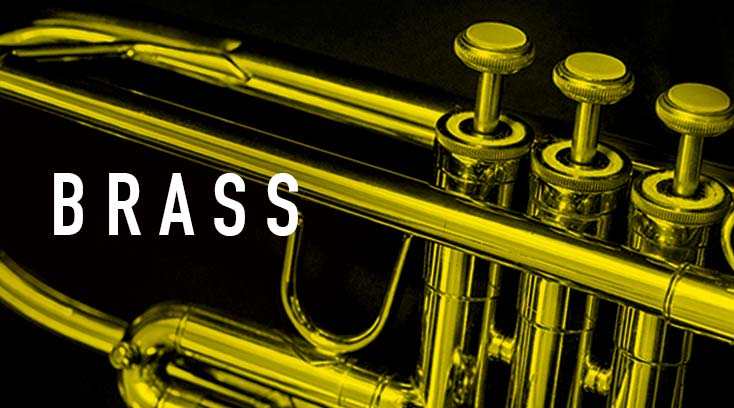
GET TO KNOW THE INSTRUMENTS
For reasons unknown to me, I've had this idea of writing arrangements for a brass quartet for my next album. What I've had in mind is everything from soft pop brass to spooky brass or Tom Waits drunk brass. Since I'm not a brass player or a schooled musician, I had to do some research before I start. So, tip no. 1 is very simple - GET TO KNOW THE INSTRUMENTS YOU ARE ABOUT TO WORK FOR BEFORE YOU START DOING ANYTHING ELSE. The main reason for this is simple - today, you can sample and modify almost any kind of sound in your computer (we'll get to that) so it's important to understand how brass instruments work in real life, especially if your plan is to write the arrangements in MIDI and then have real brass players play it on the record. The obvious place to start is to listen to some brass music and pay very close attention to the sounds you hear. It will help you to learn how brass instruments compliment one another and what kind of lines within an arrangement a particular brass instrument usually plays. All of this will come in handy when you start writing your own stuff. Since I've had a pretty clear idea of what I wanted to achieve, I played a bunch of Tom Waits tracks, some classical music (like Tchaikovsky) and some outside of the box stuff, like The Hot 8 Brass Band doing a cover of Sexual Healing.
It soon became clear to me that a brass quartet works similar to a four piece band. You've got the tuba and the trombone covering the low end and playing some bass like lines, then you have the horns for the middle ends, doing the harmonies and simple melodies and then you have the trumpets way up high, playing melodies and solos. When you think about it, it makes perfect sense and if it works for a 4 piece pop/rock band it must work for a brass quartet. Here's an example of what I'm talking about:
When you get used to the sound of the brass and the way the instruments intertwine, it's important to look into a few more things: WHAT SOUNDS QUALITIES CAN EACH BRASS INTRUMENT ACHIEVE and WHAT IS THE TONAL RANGE OF EACH BRASS INSTRUMENT. These things are crucial if you want to correctly write down the sounds you hear in your head. Let's start with sound quality (it will be important when we come to the Kontakt part). Sound quality is everything from VELOCITY, PITCHBEND, ATTACK, RELEASE, BALANCE to EXPRESSION, SUSTAIN, BREATH, MOTION etc. Brass instruments can articulate their sounds in a lot of ways and each combination has a certain atmosphere and an effect. For example, a horn can be played with your fist inside the horn or a trumpet can be played with a lot of breath (imagine a soft jazzy sound) or very tight in your face with a lot of attack (something like ska or funk). Another important thing is the tonal range. If you happen to use a low quality MIDI sample of a brass instrument, it will probably work in any octave you put it in. In other words, the sample works way beyond the capabilities of a real instrument so it's possible you write and play something with your MIDI that cannot exist in real life. Fortunately, there are charts showing the tonal range of each brass instrument so you always know how low or high you can go when writing your arrangement.
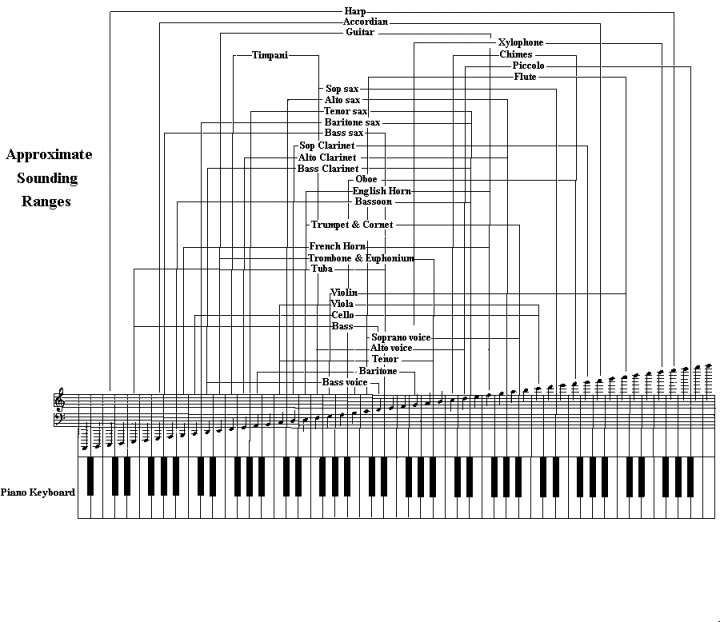
(here are the ranges shown on a keyboard - it's chaotic)
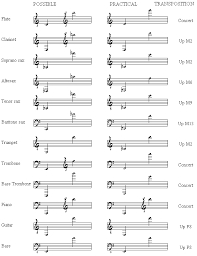
(and here it is written properly)
it's a good idea to print this out and put it on a wall somewhere so you can check it out whenever you are in doubt and it is also good to think about the difference between WRITTEN RANGE and PRACTICAL RANGE, just in case.
USING GOOD SAMPLES
Let's be clear on one thing: MIDI is always MIDI
No matter how hard you try and how much time you spend sitting in front of your computer, a MIDI sound will never be the real thing BUT it can get pretty damn close and it's a great tool for depicting what you've had in mind to the musicians that will play the real instruments for you. If you write ''bring out'' or ''softly'' in your arrangement, every musician will interprete it individually but if you put that feature in your MIDI, a musician will be able to hear how you interpreted it. It's faster and more accurate when the real recording is done.
Today, it takes about a minute to find and download a MIDI brass sound for free from the Internet. However, it pays out to actually get a decent MIDI sound pack that you can modify according to the sound qualities you want to get out of the MIDI sound. Here are the two things that worked for me:
SAMPLE MODELING V3 LIBRARY
Sample modeling enables you to fine tune your MIDI. There are very nice sample modeling brass libraries online and I use a V3 brass sample modeling pack.

It looks like this, it's easy to use and works great for demo arrangements.
NATIVE INSTRUMENTS BRASS ENSEMBLE SYMPHONY SERIES PACK
Another great pack comes from Native Instruments. The brass ensemble pack comes with trumpets, trombones, tubas and horns and it works just as good as the sample modeling pack but you can get a nice sound variety if you combine the two different packages. The only downside is that it's 27+ GBs, so you need a lot of disc space to store it and operate it.
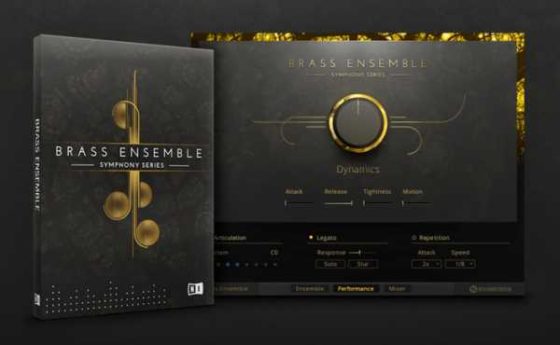
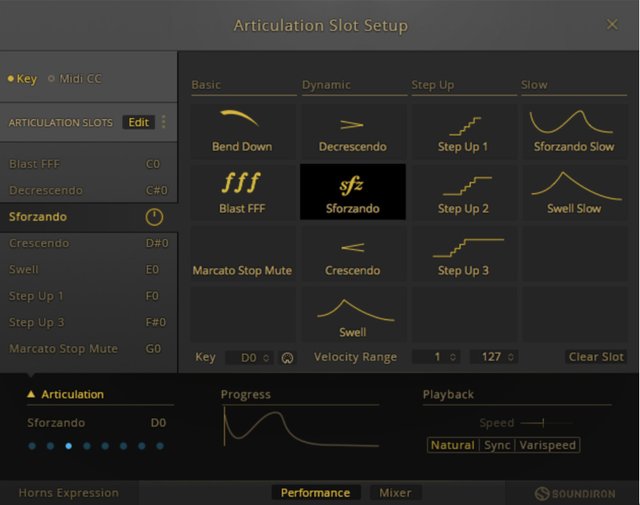
KONTAKT
Kontakt is a programe that works both as a standalone or within some other software (like Cubase). It enables you to load and modify your sound libraries and play the instruments in real time using a MIDI controler. It's not that big (somewhere around 5GBs), it's also user friendly, easy to set up and real easy to master. It works great within Cubase and uses a lot less ram memory than some other software of the same kind. So, if you are serious about doing arrangements for strings, brass etc, Kontakt is a must have!
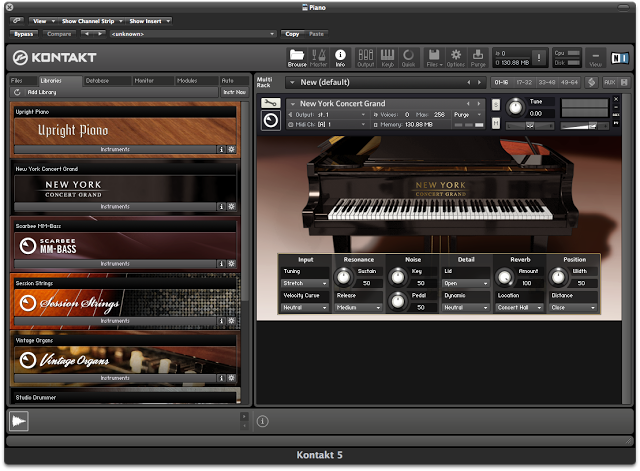
WRITING
And now for the practical part. If you don't know how to write music (like me), a MIDI controler is a life safer. It enables you to play the sounds you have in mind on a keyboard in real time. You simply playback the track you are doing arrangements for, set up the metronome and play each instrument until you get what you want. You don't have to know anything about written music to do this and you can instantly hear if something works or not. Some programs have the option of converting what you play in MIDI into written music (and there are even some programes online that claim to do the same) but it doesn't really work all that good. The best thing to do is to just find someone who usually writes music because they will write it down in no time and it will be a 100% correct. Lucky for me, my friend does a lot of film work so he mastered writing down all kinds of arrangements. When I'm done with my arranging, I just send the MIDI to him together with the song and he writes it down for the musicians who will later record it. But let's go back to the coming up with arrangements process again. Doing this for the first time, it took me a couple of hours to get things moving. This was the first time I was trying to compose something consisting of 4 independent parts that are to work together over some harmonies played on something else. You sort of have to compartmentalize each instrument in your head and then you have to imagine how you would think if you were a brass player. However, once you get a hang of it and once it starts to happen, it's an amazing feeling. I decided to try and arrange something for a song I've posted here on Steemit a while ago. It's called ''Tower that overlooks the mountains'' and it's about manic depression. I wanted the arrangements to feel kind of happysad. In other words, I wanted them to sound like manic depression would sound. What I've had in mind were these low, soft notes that go in and out of both major and minor harmonies, constantly changing in mood and atmosphere. I also aimed for my arrangements to make sense with the lyrics I'm singing so it turned out to be quite a challenge. I started with tubas and trombones and then opened things up with horns and trumpets. Here's what the arrangements look like written down in MIDI.
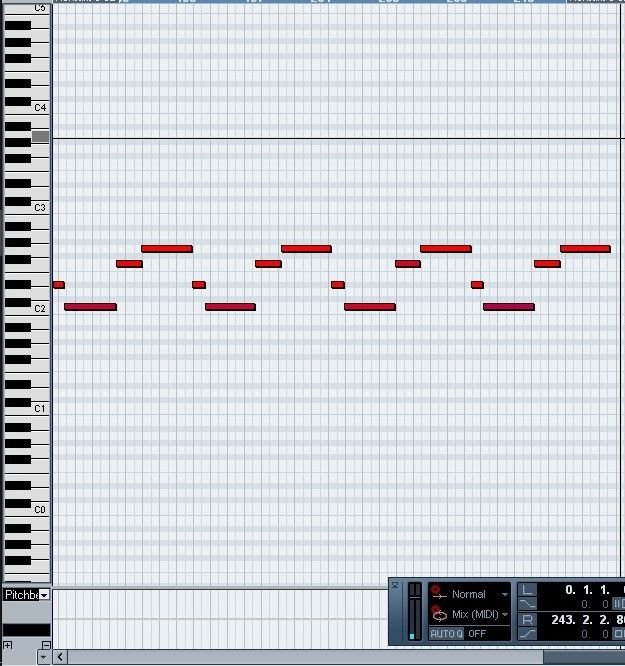
(tuba chorus line)
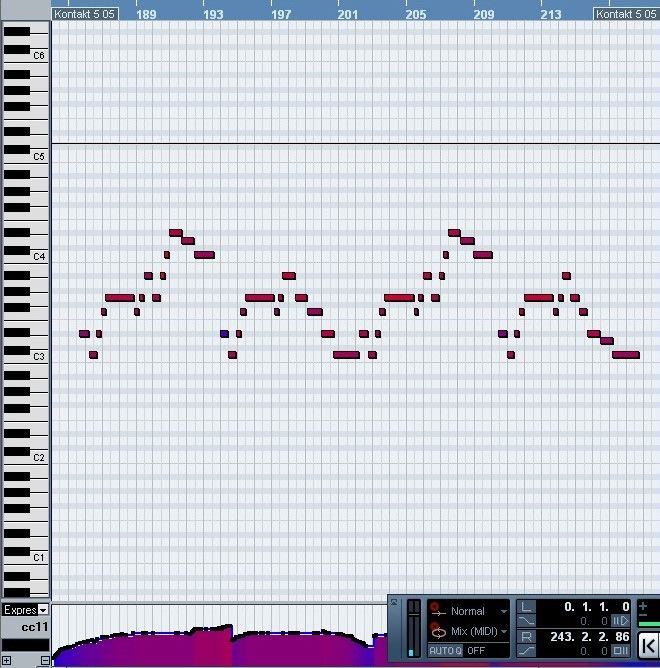
(part of the trumpet chorus line)
And here is what it sounds like. The arrangement is for 2 tubas, 2 trombones, 2 horns and 2 trumpets.
I hope you'll enjoy it!
I really appreciate the careful, methodical approach you take to setting up creative exercises. It’s easy to forget ow much a little organization and forethought can do to make spontaneous creativity sustainable and help it flourish.
One question: I notice in your screenshots, you’re not changing up the velocities of the notes very much—is that a part of your process when you work with Kontakt?
Downvoting a post can decrease pending rewards and make it less visible. Common reasons:
Submit
Always a pleasure to know you're reading the articles... :)
It's a very good question and I actually forgot to point it out in the text.. The keys on the MIDI controler are velocity sensitive which means I can control the velocity as I play. That's why I don't change the velocity afterwards + if you change the expression (or breath), it also affects the velocity
Downvoting a post can decrease pending rewards and make it less visible. Common reasons:
Submit
Ah, cool. That makes sense. What MIDI controller do you normally use?
Downvoting a post can decrease pending rewards and make it less visible. Common reasons:
Submit
I use a Keystation mini, 32 keys
Downvoting a post can decrease pending rewards and make it less visible. Common reasons:
Submit
Good job.go ahead, dear.
Many good wishes remain friends.
Downvoting a post can decrease pending rewards and make it less visible. Common reasons:
Submit
Lovely Harmonies on this section :P I am a huge fan of brass arrangement, this is from my first album Neo, it's Marcus Wyatt that plays the trumpet and we overlayed him in a way the he sounds like a section.
The richness of the sound is fascinating :) .
It sounds amazing with your tuba, horns and trombone WOW ...
Peace!
Downvoting a post can decrease pending rewards and make it less visible. Common reasons:
Submit
thank you!
Downvoting a post can decrease pending rewards and make it less visible. Common reasons:
Submit
at your openmic 68 I said I will listen this song again in the future and I just did. You said "I have an interesting idea for a studio version of this one" and you did presented that just now. What does it mean? It validate that we are both men of our words. Great new arrangement and still an amazing song.
Downvoting a post can decrease pending rewards and make it less visible. Common reasons:
Submit